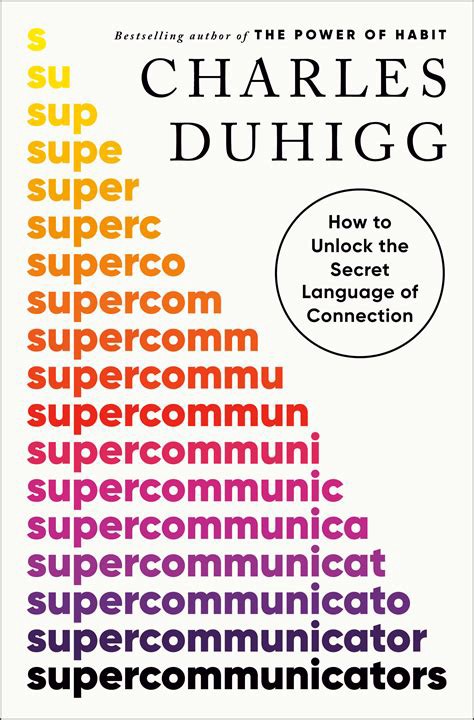The Problem with Visionaries

The Problem with Visionaries
Some years ago, I worked in the automation and robotics group of a local electronics manufacturer. That group of roughly one hundred professionals, included some of the brightest engineers and code slingers I’ve ever known. In fact, on any given day, I was the dumbest person in the department — an unparallelled growth opportunity if your ego can handle the challenge.
The head of our group was a fellow named Ward. He was likely a talented engineer in his own right but he had two qualities that distinguished him from the rest of the herd. First, Ward could sell ice to Eskimos, and second, he was not afraid to gamble on the future. Ward was the visionary of the group. I made a point of covertly studying his style to see what I could learn without overtly exposing my own ignorance or looking like a toady. Turns out, both of Ward’s qualities were related.
Visualizing
When it came to sales, I learned that Ward’s talent was his innate ability to help prospective customers visualize their success if they bought his services. Those services primarily included the work of our little group, and his unique ability assured over a hundred families a steady income for many years.
Predicting
Ward’s second asset was his ability to see into the future. He could extrapolate from the progress being made in certain endeavors, and, with reasonable accuracy, predict the future possibilities of those endeavors. Therein lies the issue of this missive.
Case and Point
One of the projects our little group undertook was the design of a pick-and-place machine to automate the population and assembly of printed circuit boards. The goal was to place a printed circuit board in a jig, and by knowing the precise layout of the board, robotically pluck individual parts from bins and place them in extremely precise locations on the board.
Precision placement was EVERYTHING, and to facilitate that precision, the machine was massive — roughly ten feet wide, six feet high, and six feet deep. The machine was heavy, being constructed on a frame of 10” x 10” steel tubing. Vibration and unwanted movement were the enemy.
The rub came on an afternoon when we all attended a group wide “State of the Business” meeting. Ward was at the front of the room, waxing on about the future potential of the technology when he stated that he envisioned a future iteration of that machine, miniaturized to the size of a desktop laser printer. Most, if not all, of the people in that room stifled an audible laugh because they shared intimate knowledge of the accuracy challenges we were already battling. Reduction in size meant reduction in weight and a reduction in the machine’s mass which served to minimize vibration.
Last year, while researching an article about a local automation company, I witnessed a modern equivalent of that pick-and-place machine which could easily fit atop any ordinary office desk. So, why did we all roll our eyes and snicker when that very prediction was made thirty-five years ago?
Perception Problems
The fundamental problem is not with visionaries. It’s a problem of our own perception. When a visionary attempts to communicate something that is beyond our sense of reason — the parameters of which are set by our myopic perspective — we have one of two reactions. We either dismiss them as a snake-oil salesman, or we embrace them as prophets of God and give them all our money (and/or votes). We’re either stoking our desire to avoid pain (risk) or our desire to experience pleasure (profit).
From the visionary’s perspective, the challenge is being able to help people actually recognize and embrace the possibilities. From the visionee’s perspective, the challenge is discerning between conmen and geniuses. After all, we’re putting our faith in the expertise of someone who professes to know much more than we do.
Trust
Trustworthiness — whether it be in a business associate, a marriage partner, a spiritual leader, or a political or business visionary — is not based on personality. It’s based solely on the visionary’s historical record of getting it right. Being the dumbest guy in the room may be the greatest learning opportunity on Earth but it’s also an opportunity to become the biggest schmuck if we cannot discern who’s trustworthy and who’s a fraud.
One hundred percent of knowledge (including trust) is history-based — whether it’s based on facts learned ten seconds ago, ten years ago, or handed down from ten centuries ago. Apart from that concept, science could not exist. But nobody can know everything.
The Bridge
We cannot know everyone or even a large percentage of everyone, so It seems that what we really need is an intermediary who knows firsthand, the reliability of the visionary and, via their own track record, can convince those around them to follow the lead.
Knowledge based on faith is the polar opposite of faith based on knowledge, even second-hand knowledge. When we’re placing our faith in someone else’s knowledge, we better mind our internal guardrails. But if a track record of trustworthiness is there….
Thanks to Russell Duckworth, Staci Schofield, Shon Cass, and Paul Mayer for kicking this week’s article around providing their diverse perspectives.
 Let’s talk. I’d really like to hear what you have to say, and it might even give me something to write about. Email me at guy@lawsoncomm.com.
Let’s talk. I’d really like to hear what you have to say, and it might even give me something to write about. Email me at guy@lawsoncomm.com.
I’ll buy you coffee and we can compare notes. I promise not to steal your ideas without permission.
![]()
Leadership is the capacity to translate vision into reality.
— Warren G. Bennis

Did someone forward this newsletter to you after reading it themselves? Don’t settle for that!
CLICK HERE
to get a fresh, unused copy of this newsletter sent directly to you every Sunday morning. If you decide it stinks, you can always unsubscribe.
Supercommunicators
— Charles Duhigg

Ever walk away from a conversation certain that you made your point, only to realize later that nobody heard a thing you said? Duhigg explores the different ways people “hear” and why they never heard what you thought you said. Better than that, he presents some great techniques for bridging that communication disconnect. There has probably been not other time in the history of our culture that effective communication was so valuable and so scarce as it is today. This book might just provide some answers.
A meeting of great minds who think alike












